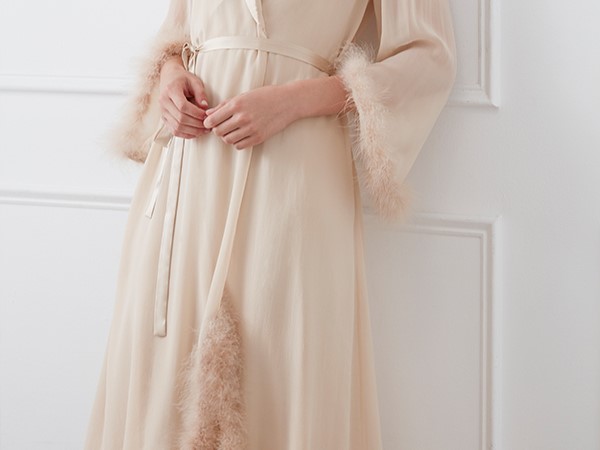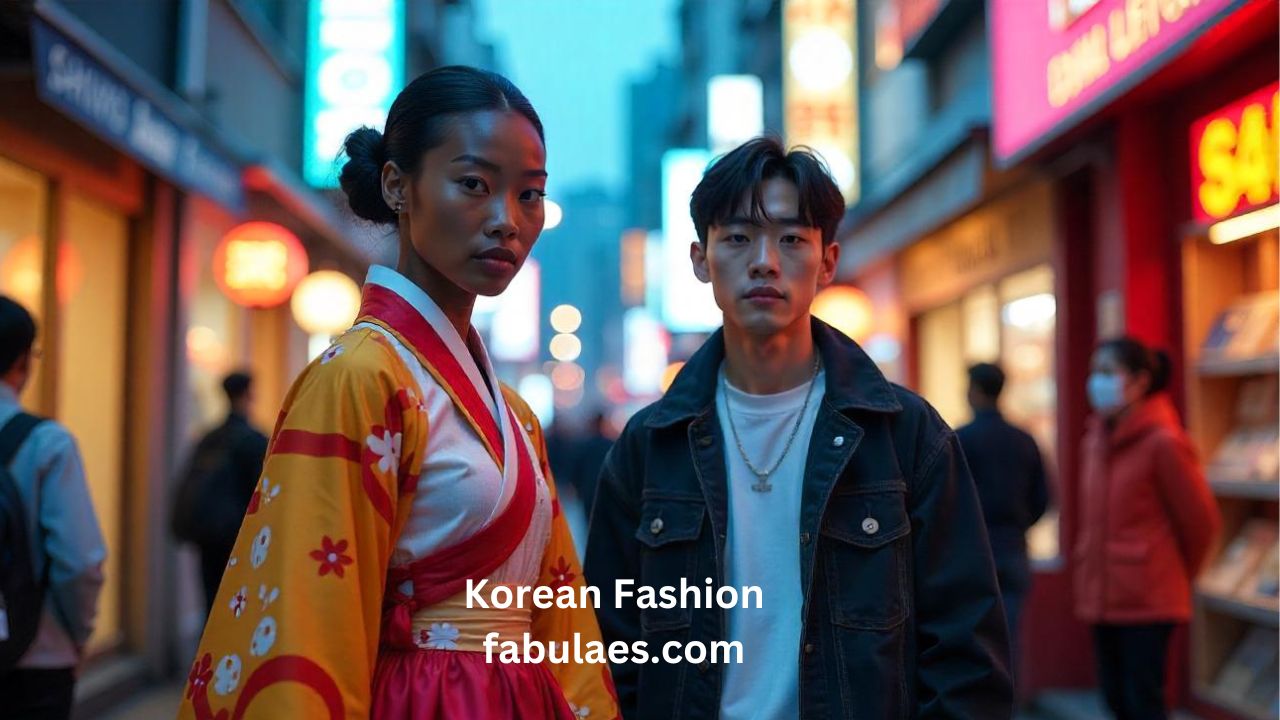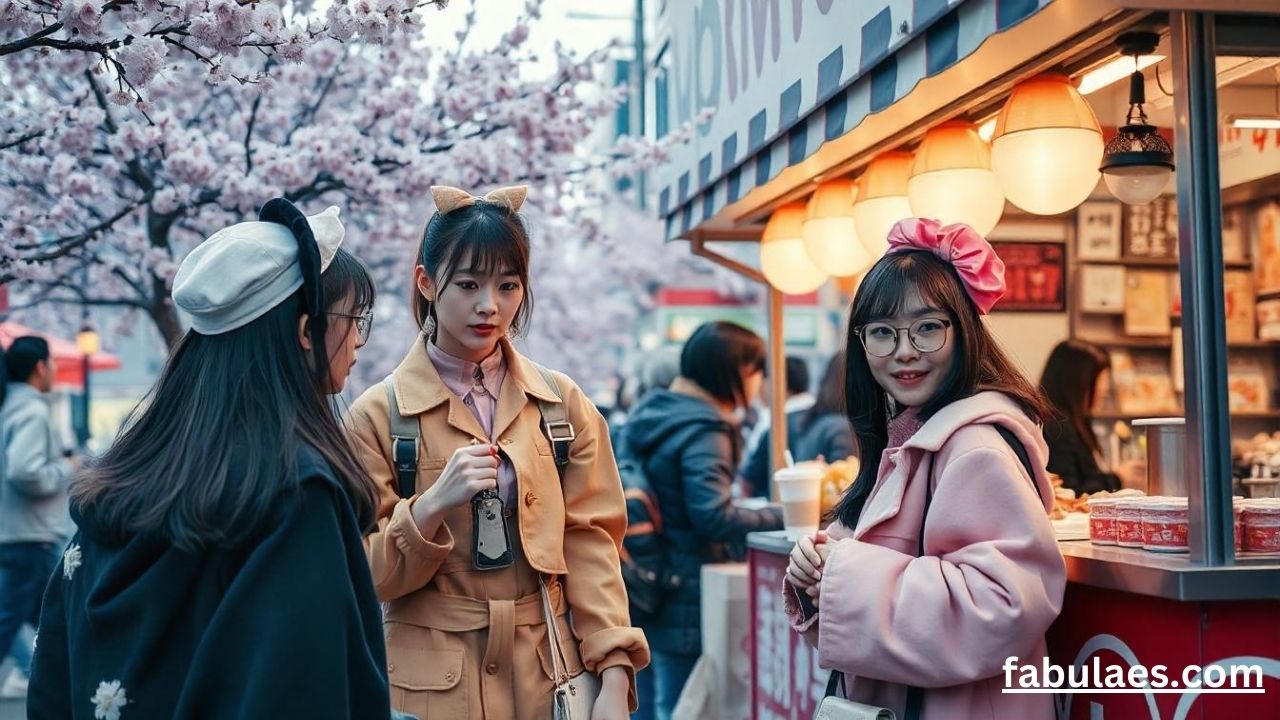Throughout the vast tapestry of human history, few elements of personal adornment have held as consistent and captivating a place as feathers. These gifts from nature have woven themselves into our sartorial choices, reflecting not only our aesthetic inclinations but also societal values, spiritual beliefs, and political standings.
Ancient Civilizations and Feather Adornments
In the golden sands of ancient Egypt, feathers played more than just a decorative role. The ancient Egyptians, known for their intricate artistry and religious fervor, used feathers predominantly in their jewelry, headdresses, and even burial garments. They believed feathers connected them to the deities, especially Ma’at, the goddess of truth and justice, whose emblem was the ostrich feather.
However, the reverence for feathers wasn’t confined to the African continent. Across the vast Pacific, in the dense rainforests of Mesoamerica, the Mayans, with their advanced understanding of astronomy and deep-rooted spiritual beliefs, held quetzal feathers in high esteem. To them, these resplendent green plumes symbolized freedom, wealth, and the vast cosmos.
Venturing north, Native American tribes integrated feathers into their daily lives and ceremonial attires. From the eagle feathers, symbolizing power and divine connection, to the delicate down of other birds, used for warmth and decoration, feathers narrated stories of bravery, honor, and spiritual evolution.
Middle Ages and Renaissance
As Europe emerged from the dark recesses of medieval times, a renewed interest in art, culture, and personal expression began taking shape. Feathers, with their natural allure, didn’t escape notice. European aristocrats and monarchs used feathers as status symbols. From the plumed hats of Spanish conquistadors to the intricate feathered fans of the French court, feathers were integral to high fashion.
The Renaissance period, known for its revival of art and humanism, saw a surge in the use of feathers in fashion. Artists painted nobles draped in Feather Trimmed Robe, while the streets of Florence, Venice, and Paris witnessed common folk using feathers as accessories, signaling a democratization of this ornamental element.
The Roaring Twenties and the Flapper Era
The 20th century, with its rapid technological advancements and societal shifts, brought about radical changes in fashion. The Roaring Twenties, marked by jazz, flappers, and an undying spirit of rebellion, embraced feathers like never before. The iconic flapper dresses, with their dropped waists and free-flowing silhouettes, often boasted hemlines adorned with feathers. These were more than mere decorations; they epitomized the era’s desire for freedom, the breaking of shackles, and a move towards modernism.
In speakeasies and ballrooms, as jazz played and feet tapped, feathers added to the rhythm, swaying with every move, reflecting the era’s essence of liberation and audacity.
Modern Day Fashion Runways
The contemporary world of fashion, while rooted in tradition, constantly seeks innovation. In this quest, designers often turn to the tried and tested elements, reimagining them for the modern audience. Feathers, given their timeless appeal, frequently grace international runways. Whether it’s the opulence of a feathered gown paired with the sheen of Charmeuse silk that steals the show at Paris Fashion Week or the subtle incorporation of feathered accessories in a New York fashion line, feathers bridge the gap between tradition and contemporary chic.
The Everlasting Allure
The intrinsic charm of feathers lies in their duality. They are delicate yet resilient, simple yet opulent. Their undulating movements echo nature’s rhythms, while their varied hues, from the iridescent peacock plumes to the stark raven black, capture our imaginations. In fashion, they offer a tactile experience, a soft touch against the skin, reminiscent of nature’s embrace.
Furthermore, feathers represent an intricate blend of the ethereal with the tangible, evoking images of soaring birds and heavenly realms, making them an element of endless inspiration in the world of fashion.
Conclusion
From the majestic courts of ancient civilizations to the dynamic runways of today, feathers have been a testament to mankind’s love for beauty, nature, and expression. As they flutter through the annals of fashion history, they remind us of our age-old desire to blend nature’s gifts with human creativity, crafting tales of artistry, identity, and evolution.











